What Is The Cost Of A Chemical Peel? Chemical peels are a great alternative to surgery when you’re looking to improve the appearance of your skin. You can have a chemical peel done in an office or at home, depending on the type of peel you choose.
Chemical peels remove layers of skin to reveal smoother, younger-looking skin underneath. The process stimulates collagen production and evens out the skin’s tone and texture. There are many different types of chemical peels available today. Some penetrate deep into the skin while others simply remove the top layers. Chemical peels can be used on all skin types, but they’re more effective if you use them regularly in conjunction with other treatments such as laser therapy or microdermabrasion.
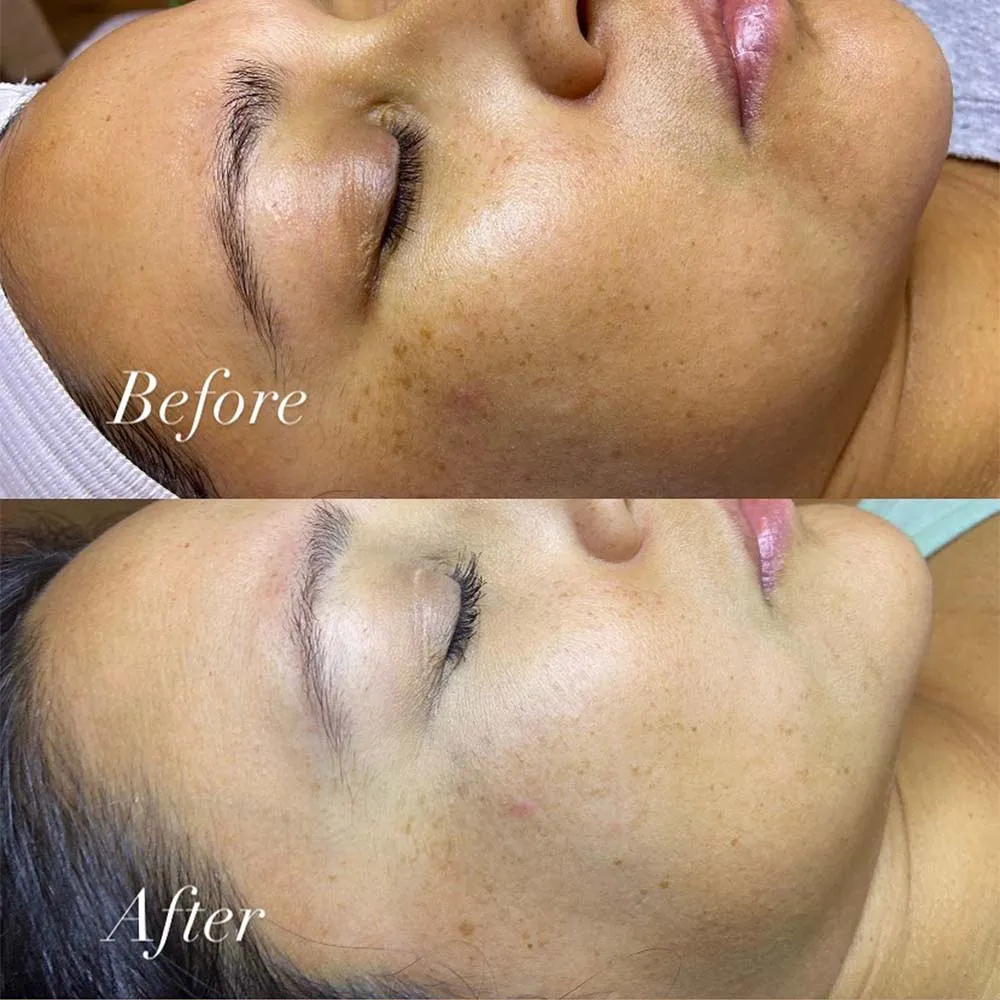
What Is The Cost Of A Chemical Peel
ayer with a chemical solution. The cost varies depending on the type of peel.
About:
- chemical peels are used to remove damaged skin cells, revealing healthier skin underneath
- there are different types of peels: light, medium, and deep
Safety:
- when conducted by a board-certified dermatologist, plastic surgeon, licensed healthcare provider, or trained skin care specialist, chemical peels are exceptionally safe
- it’s essential to follow your provider’s postop instructions carefully
Convenience:
- light chemical peels do not require much down time
- medium and deep chemical peels can require two to three weeks of recovery time
- the procedures can last anywhere from 30 minutes to 90 minutes
Cost:
- the cost of chemical peels depends on the type of peel you get
- the average cost of a chemical peel is $673
What are chemical peels?
Chemical peels are cosmetic treatments that can be applied to the face, hands, and neck. They’re used to improve the appearance or feel of the skin. During this procedure, chemical solutions will be applied to the area being treated, which causes the skin to exfoliate and eventually peel off. Once this happens, the new skin underneath is often smoother, appears less wrinkled, and may have less damage.
There are a number of reasons people may get chemical peels. They may be trying to treat a variety of things, including:
- wrinkles and fine lines
- sun damage
- acne scars
- hyperpigmentation
- scars
- melasma
- uneven skin tone or redness
What type of chemical peels can I get?
There are three different types of chemical peels that you can get. These include:
- Superficial peels, which use mild acids like alpha-hydroxy acid to gently exfoliate. It only penetrates the outermost layer of skin.
- Medium peels, which use trichloroacetic or glycolic acid to reach the middle and outer layer of skills. This makes it more effective for removing damaged skin cells.
- Deep peels, which fully penetrate the middle layer of the skin to remove damaged skin cells; these peels often use phenol or tricholoracetic acid.
How much do chemical peels cost?
Chemical peels are almost always considered a cosmetic procedure, and insurance rarely covers it. You’ll be paying for the procedure out of pocket. Your initial consultation visit, however, may be covered by insurance.
The cost of the procedure will vary depending on factors like location, expertise of the provider, and what type of peel you want to get. Light peels can cost as low as $150, and deep peels can cost $3,000 or more (specifically if it requires anesthesia, or in-patient stays). According to the American Society of Plastic Surgeons, the current average cost of a chemical peel is $673.
How is a chemical peel done?
Chemical peels are typically done in-office; deep peels may be done in an outpatient surgical facility. Before the procedure, they will likely have you tie back your hair. Your face will be cleaned, and eye protection like goggles or gauze may be applied.
Your doctor may numb the area with a topical anesthetic, especially if you’re receiving a deep peel. For deep peels, your doctor may also use a regional anesthetic, which will numb large areas. They are particularly likely to do this if you’re having your face and neck treated. For deep peels, you’ll also be given an IV, and your heart rate will be closely monitored.
Light peel
During a light peel a cotton ball, gauze, or brush will be used to apply a chemical solution like salicylic acid to the area being treated. The skin will start to whiten, and may have a slight stinging sensation. Once complete, the chemical solution will be removed or a neutralizing solution will be added.
Medium peel
During a medium chemical peel, your doctor will use a gauze, special sponge, or a cotton-tipped applicator to apply the chemical solution to your face. This may contain glycolic acid or trichloroacetic acid. A blue color may be added to the trichloroacetic acid, commonly known as a blue peel. The skin will begin to whiten, and your doctor will apply a cool compress to the skin. You may feel stinging or burning for up to 20 minutes. No neutralizing solution is needed, though they may give you a hand-held fan to cool your skin. If you’ve had the blue peel you will have a blue coloring of your skin that may last for several days after the peel.
Deep peel
During a deep chemical peel, you will be sedated. The doctor will use a cotton-tipped applicator to apply phenol to your skin. This will turn your skin white or gray. The procedure will be done in 15-minute portions, to limit the skin exposure to the acid.
How do you prepare for a chemical peel?
Before your procedure, you’ll first have a consultation with the skin care specialist. During this visit, they’ll help you determine what the best treatment option is for you. They’ll let you know the details about the specific peel you’ll be getting, and they’ll ask about anything that could interfere with the peel. This may include whether you’ve taken acne medication, and information about whether or not you scar easily.
Before a chemical peel, you must:
- not use any type of retinol or retin-A topical medication for at least 48 hours
- inform your skin care specialist about any medications you take
- not have been on Accutane for at least six months
Your doctor may also recommend that you:
- take an antiviral medication if you have a history of fever blisters or cold sores to prevent a breakout around the mouth
- use special lotions to improve treatment, like glycolic acid lotion
- use a retinoid cream to prevent skin darkening
- stop waxing, epilating, or using depilatory hair removal products the week before the peel. You should also avoid hair bleaching.
- stop using facial scrubs and exfoliants the week before the peel.
- arrange for a ride home, especially for medium or deep chemical peels, which will require you to be sedated.
If your doctor prescribes a painkiller or sedative, take it according to their instructions; you’ll likely have to take it before you come to the office.
What are the risks and possible side effects of a chemical peel?
Common side effects are temporary, and include redness, dryness, stinging or burning, and slight swelling. With deep peels, you may permanently lose the ability to tan.
Chemical peels can, however, have more serious risks and dangerous side effects that can be permanent. These include:
- Darkening or lightening of the skin color. These can be more common in people with darker skin.
- Scarring. This can be permanent.
- Infections. People with herpes simplex may experience flares following a treatment. Very rarely, chemical peels can cause fungal or bacterial infections.
- Heart, liver, or kidney damage. The phenol used in deep peels can actually damage the heart muscle, kidneys, and liver, and cause irregular heartbeats.
What to expect after
Recovery time varies depending on which chemical peel you received.
Light chemical peels
Recovery time is about four to seven days. Your skin may temporarily be lighter or darker.
Medium chemical peels
Your skin will recover about five to seven days after a medium chemical peel, though you may have redness that persists for months. Your skin will initially swell, and then form crusts and brown blotches before revealing new skin.
Deep chemical peels
Deep chemical peels will cause severe swelling and redness, with burning or throbbing sensations. It’s common for the eyelids to swell shut. It will take about two weeks for the new skin to develop, though white spots or cysts may last several weeks. It’s common for redness to last for several months.
During recovery, follow your doctor’s postop instructions faithfully. They’ll give you specific instructions for how often to wash your face and moisturize, and which products you should use to do so. Try to stay out of the sun until your skin has healed, and avoid using makeup or other cosmetics until your doctor gives you the go-ahead. You can use ice packs for 20 minutes at a time, or a cool fan, to help relieve discomfort at home.
Chemical Peel Cost – Average Chemical Peel Price
A thorough research into the chemical peel cost – find out what’s the price of a light, medium-depth and deep chemical peel.
A chemical peel is one of the more invasive skin treatments you can get. It’s a form of skin resurfacing that uses different acids to cause controlled trauma to the top layers of the skin, destroying them and allowing new, better skin to emerge.
It takes a lot of experience to perform a chemical peel right, achieving the desired results without causing any permanent damage to the skin. After all, we’re talking about putting directly onto people’s faces! Or necks. Or hands.
In any case, you want to find a professional as experienced as possible, and the price of the treatment can be a good indicator of this. So, let’s find out how much does a chemical peel cost for every category of the treatment.
What’s the Average Chemical Peel Cost?
According to the American Society of Plastic Surgeons, the average cost of a chemical peel is $519. However, it’s important to understand that chemical peels are divided into 3 categories based on intensity – light, medium, and deep – and there are significant price differences between them.
We’ve done thorough market research and figured out the cost of all 3.
So let’s look into the chemical peel price for each of those categories:
Light Chemical Peel Cost
The average cost of a light chemical peel is around $160, but the price range is quite wide. Certain types of light chemical peels – mainly glycolic peels – are usually under $100. Other, more intense types go up to $300.
It’s important to note that there are many light chemical peel systems and formulations, many of which are branded, and the price can vary significantly.
Medium Depth Chemical Peel Cost
The average price of medium depth chemical peels is around $350, but the price range starts at around $200, and can go up to $1500. It all depends on the intensity and complexity of the treatment.
Again, there are many systems available on the market, so the price range is quite wide.
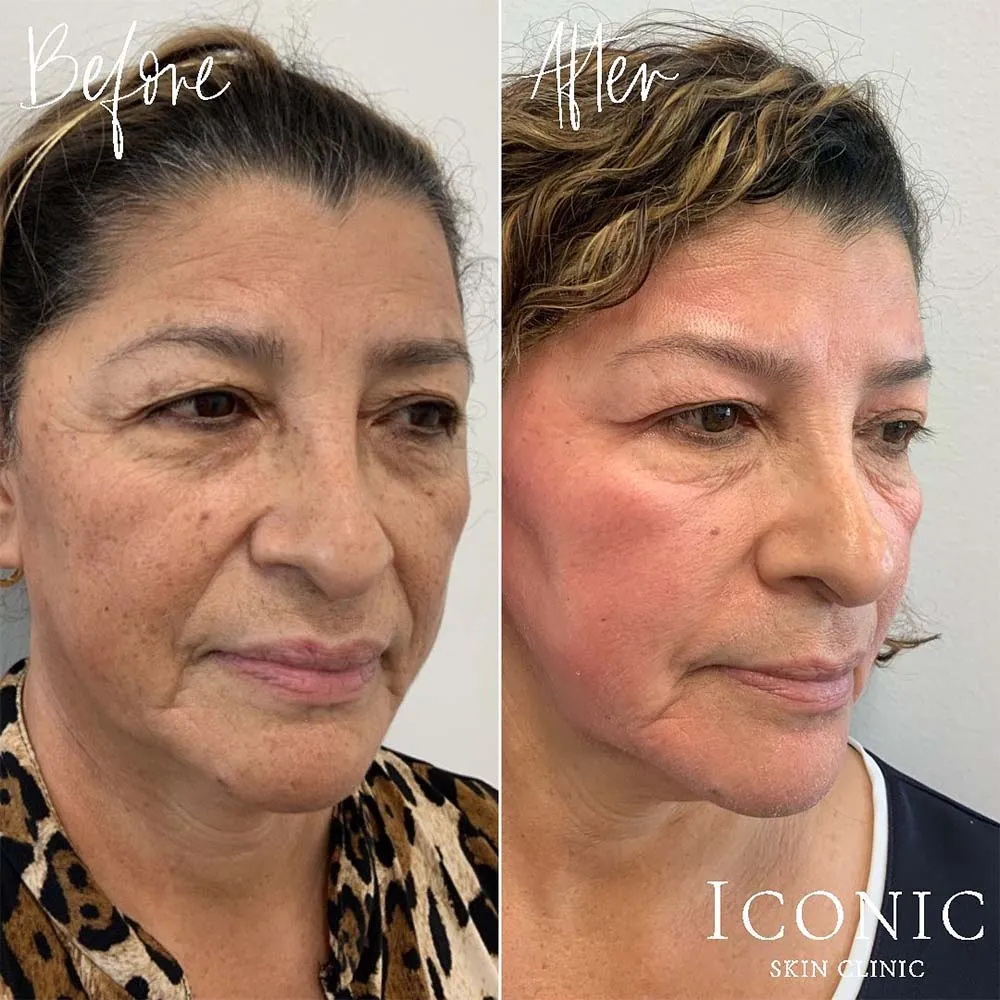
Deep Chemical Peel Cost
A deep chemical peel costs an average $3000, but depending on the complexity of the case, it can vary from $1000 up to as much as $6000. This is due to the fact that this is a serious procedure that often requires anesthesia and sedation, as well as check-ups, all of which contribute to the high price point.

NOTE
The line between a light and a medium-depth chemical peel is often blurred, and the treatment is customized to the needs of the client’s skin, so don’t be surprised if you come across something marketed as a light peel priced the same as a medium depth peel, and vice versa.
What Does the Chemical Peel Cost Depend On?
The main factors that determine the cost of chemical peel are the intensity of the peel, the type of peel, the size of the treated area, the expertise of the practitioner, and the location.
Since this is a highly customizable treatment, it may also include add-on services, which may be included in the initial price, or charged extra. It’s also worth noting that chemical peels can be done as single sessions, or as a series of treatments.
Let’s look into each factor.
The Intensity of the Peel
The more intense the peel is, the more expensive it will be.
Light peels are the cheapest options, as their effects are limited. They work great at treating superficial skin conditions (fine lines, superficial hyperpigmentation, large pores, dull skin, etc.) and improving the overall appearance of the skin, so if you’re not dealing with a more complex skin issue, chances are a light peel will do a great job.
But if the condition is more severe (deeper wrinkles, more intense hyperpigmentation, acne scars, etc.), it’s likely that a light peel won’t do much and you’ll need a more intense treatment. Medium-depth chemical peels are more efficient, but they’re also more expensive, as they’re done with highly-concentrated acids.
Deep peels are complex treatments verging on plastic surgery that require a high level of expertise. They affect a very thick layer of skin, so they’re done with local anesthesia and sedation. They also include several weeks of preparation. Recovery often includes wearing surgical dressing and having check ups. When you take all this into account, it’s no surprise that the deep chemical peel price is 4 figures.
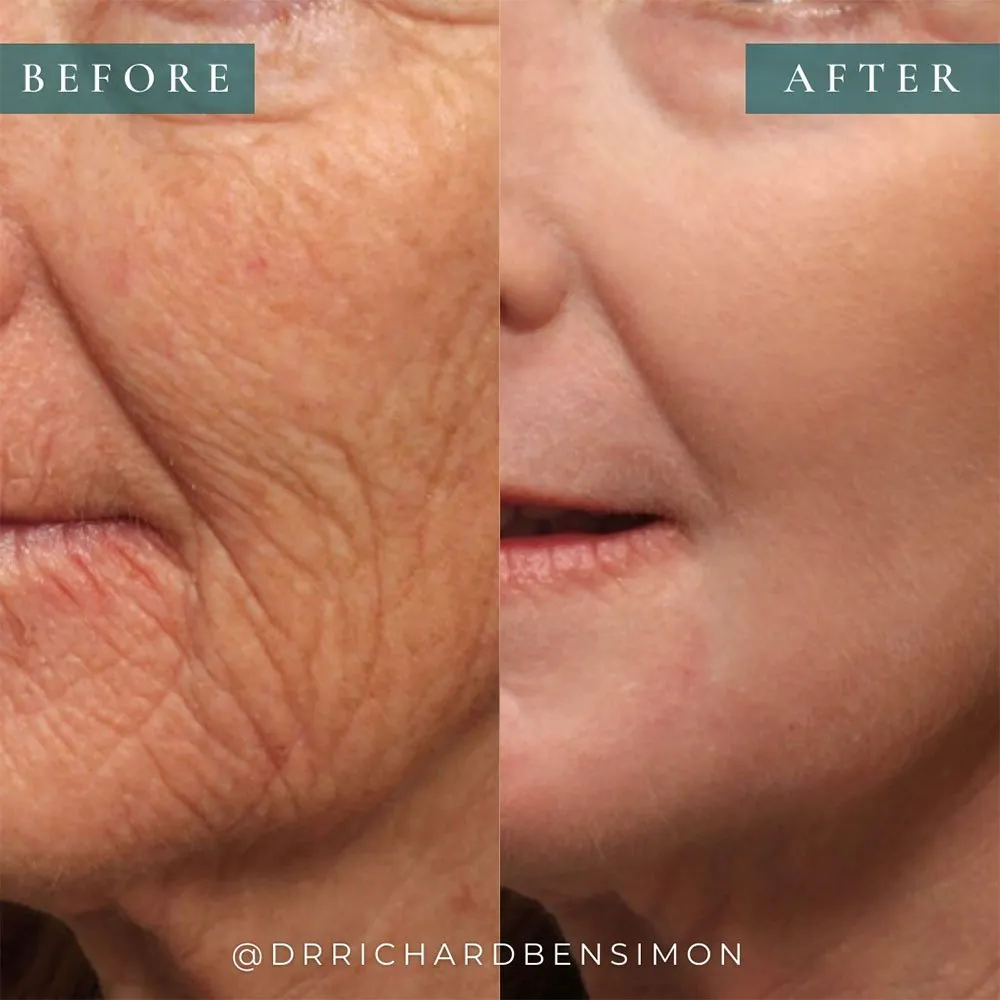
Type of Peel
Chemical peels are done with a wide variety of different acids which are mixed into solutions optimal for each client’s needs.
Based on the type of acid or acid blend used, chemical peels are divided into many types. Peel type and peel intensity are closely related categories, and a certain type of peel can be light or medium-depth, depending on the concentration of the peeling agent.
Other types of peels can only be done at a certain intensity.
There are also many branded systems of chemical peels, which are priced in accordance with the franchise they fall under, regardless of intensity.
We know this sounds complicated, but the choice of peel is down to the practitioner who assesses the situation and decides which option is the best.
The Expertise of the Practitioner
Ideally, chemical peels should only be performed by board-certified (cosmetic) dermatologists, or at least a registered nurse. The treatment implies using intense chemicals to create intentional trauma to the skin at varying depths, essentially destroying its outer layer, and if anything goes wrong, there could be permanent damage.
But in reality, these treatments are also performed by cosmetologists in med spas and beauty salons.
The chemical peels price is higher at a skin clinic, when it’s performed by a medical professional. And justifiably so – this is a serious treatment you only want done by a dermatologist, using top-quality products, especially if you’re getting a medium-depth or deeper peel. Even if it means cashing out a bit more.
If you just want a light, superficial skin refresher, you can go for the less expensive option of a med spa. But be very careful which one you choose!
Size of the Area Treated
Chemical peels are almost always facials, but other areas of skin can be treated, too, like the hands, feet, or the back. A back peel will cost more than a facial or a hand peel. Foot peels are generally the least expensive.
However, since these treatments aren’t that sought-after, most practitioners don’t really have fixed prices for them.
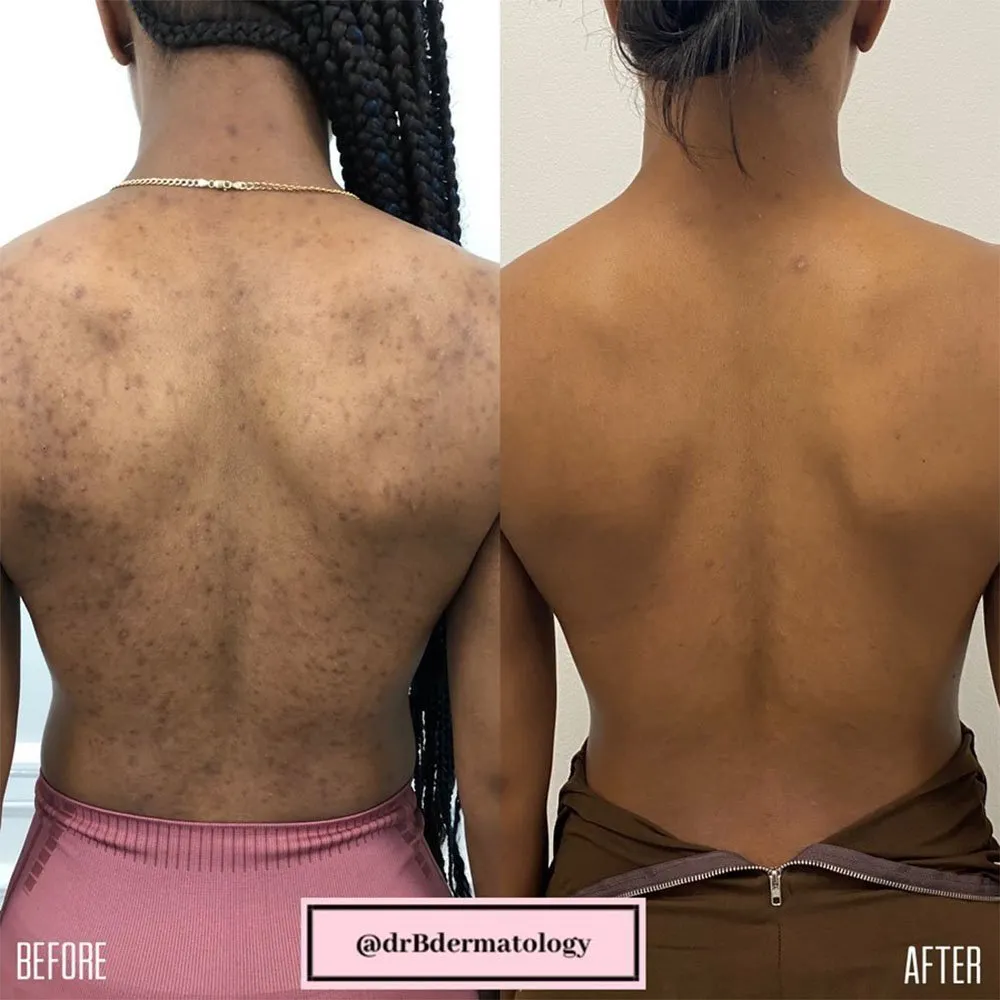
Location
As with any treatment, where the clinic is located plays a huge role in price formation. In large cities with a higher living cost in general, you can expect skin treatments to be priced higher. In smaller towns, the price will probably be lower in comparison.
Add-On Services
Sometimes, lighter chemical peels are done in combination with other skin services, like dermaplaning, microdermabrasion, or LED therapy. If multiple treatments are done, the price of the treatment will be higher, but probably cheaper than they would be if you get them done separately.
Number of Sessions
Depending on the severity of the condition targeted, light and medium-depth chemical peels are often done as a series of treatments spaced out over several months. Some clinics charge the full price for each session, others offer package deals.
Deep peels are one-off treatments.
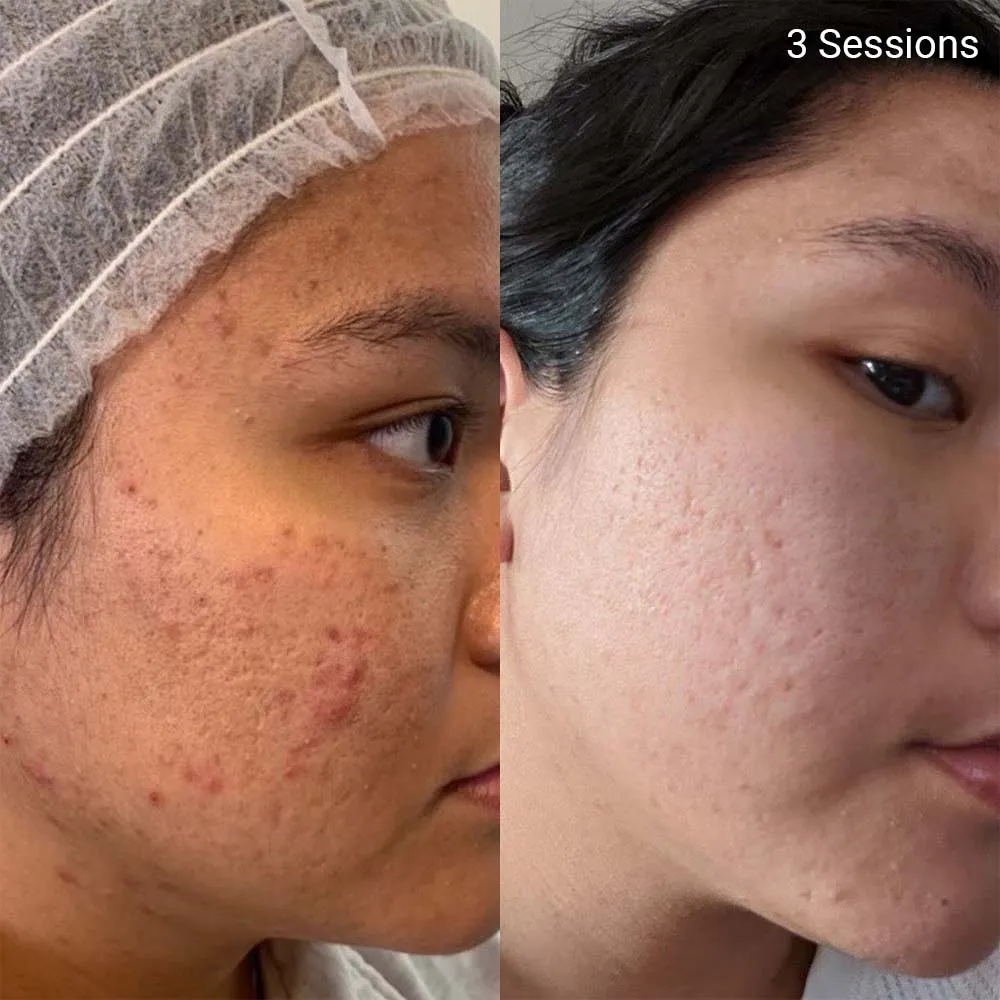
How Do I Choose a Practitioner Based on Chemical Peel Cost?
In general, chemical peels are not something you want to try and save money on, and it’s often worth paying a higher price.
However, how much do chemical peels cost is not the primary factor you should base your decision on. You should primarily be guided by the expertise and experience of the practitioner. Going with a cosmetic dermatologist is definitely preferable.
Since they go through years of medical training, their prices will probably be on the more expensive end of the scale.
If a higher price point is an issue for you, perhaps it’s better to go with another treatment that costs less but provides similar results, like microdermabrasion, than to go with a cheap chemical peel.
NOTE
Since chemical peels are highly customizable treatments, many practitioners set the price upon consultations, so you may not be able to find out how much your chemical peel will cost without seeing your practitioner first.

Chemical Peel Cost – Main Takeaways
The chemical peel price is formed based on many factors, primarily the intensity of the peel, its type, the experience and the credentials of the practitioner, and the clinic’s location.
The average chemical peel cost is proportional to its intensity, but since there are so many additional factors to consider, it’s best to give you a general price range for each: light peels cost from $100 to $300, for medium-depth peels, it’s between $300 and $1000, and deep peels can be anywhere between $1000 to as much as $6000.
